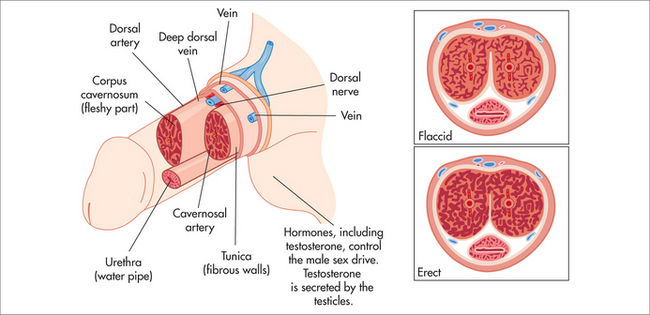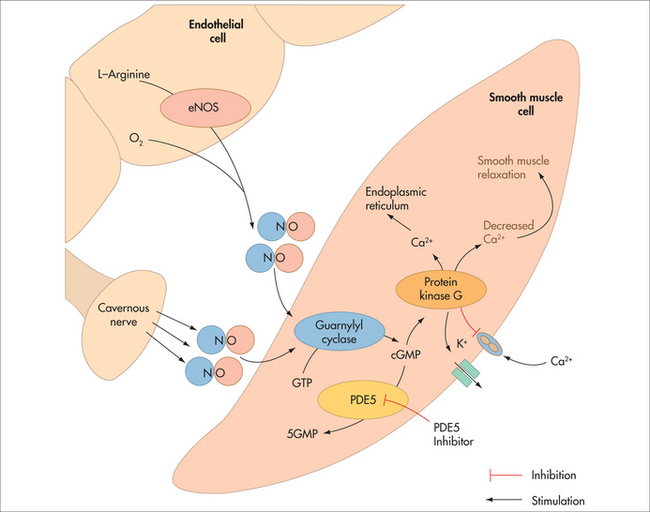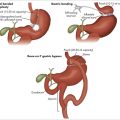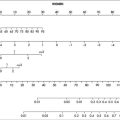chapter 49 Erectile dysfunction
EPIDEMIOLOGY
In recent times there have been many epidemiological studies of erectile dysfunction, the hallmark study being the 1987 Massachusetts Male Aging Study.1 This study found that ED occurred in 52% of men aged between 40 and 70 years. It confirmed that ED increases in frequency as men grow older, and that age is not a cause but an association of this condition. The study found that the most common pathological factor in ED is vascular disease, found in diabetes, hypertension, obesity and hyperlipidaemia (metabolic syndrome).
The first Australian-based community study of ED was carried out by Chew and colleagues from the Keogh Institute for Medical Research, Perth, in 1997.2 This study found that some degree of ED was present in almost 40% of men aged 18 years or older. Complete ED occurred in 18.6% of men. The prevalence of complete ED increased with age. Despite the frequency of ED, this study found that only 11.6% of men with ED had received treatment.
ANATOMY
The basic anatomy of the penis (Fig 49.1) consists of vascular cavernosal tissue that responds to neurological impulses, resulting in penile rigidity.
PATHOPHYSIOLOGY
Cyclic guanosine monophosphate (cGMP), which arises from the precursor L-arginine by the action of nitric oxide synthase, controls nitric oxide function. Calcium efflux mediated by cGMP leads to smooth muscle cell relaxation in the arteries and arterioles supplying the erectile tissue, increasing blood flow and causing the erection (Fig 49.2). This action is ended by phosphodiesterase type 5 (PDE-5), which leads to detumescence. Additional smooth muscle relaxation via the cyclic adenosine monophosphate (cAMP) pathway is mediated by prostaglandin E1 and vasointestinal peptide. Availability of nitric oxide in the endothelium decreases with age. Endothelial dysfunction occurs in both coronary artery disease and ED when the action of nitric oxide is affected. Impaired nitric oxide synthesis reduces the capacity of vasodilation and increases the risk of platelet aggregation. Atherosclerosis has a greater effect in ED than the ageing process. Diabetes is associated with both vascular and neurological effects that interfere with the interaction between the endothelium and the smooth muscle cells.
AETIOLOGICAL FACTORS
As mentioned, the prevalence of ED increases with age; generally 70% of men at the age of 70 years describe a form of erectile dysfunction. Men with sexual dysfunction may have physical and psychological health problems (Box 49.1).
Diabetes may involve vascular and neurological problems involving vascular insufficiency and sensory and autonomic neuropathy. Men with diabetes experience the onset of ED 10–15 years earlier than those without diabetes. More than 50% of these will have ED at some time, and 39% suffer from the condition all the time. The Massachusetts Male Aging Study showed a 28% probability of complete ED among men with diabetes, compared with a 9% probability in those without diabetes.1 The risk may depend on the duration of diabetes and the presence of poor glycaemic control.
The medications implicated in ED include blood pressure tablets containing thiazide diuretics and beta-blockers. Antidepressant medication may affect libido and ejaculation more so than erection. Cardiac medication includes digoxin and amiodarone. Many psychotropic medications affect the erection, including the older major tranquillisers and the more modern atypical antipsychotics. An important part of the patient history is to check all prescribed and over-the-counter medications to check for ED as a side effect.
METABOLIC SYNDROME
Low testosterone, or hypogonadism, remains a controversial topic. Testosterone production falls by 1% per year from the age of 40 years. As men age, high levels of sex hormone binding globulin reduce the amount of a bioavailable testosterone. However, many older men with low-ish testosterone levels remain sexually functional. The role of testosterone in male sexual function was regarded in the past as only essential for libido and general sense of wellbeing, although recently there is evidence that some level of testosterone is required for normal erectile function. Testosterone also plays an important role in the maintenance of bone density, muscle mass, maintenance of male characteristics and a general sense of wellbeing.
DIAGNOSIS
TREATMENT
THIRD-LINE THERAPY
Vascular surgery consists of venous ligation or dorsal vein arterialisation. Because of its poor long-term prognosis, this type of surgery is now mainly relegated to younger men with traumatic arterial lesions with no evidence of atherosclerosis.
Andrology Australia. http://www.andrologyaustralia.org.au.
Braun L, Cohen M. Herbs and natural supplements. An evidence-based guide. 2nd edn. Sydney: Elsevier, 2007.
Ernst E, Pittler M, Wider B, editors. The desktop guide to complementary and alternative medicine. An evidence-based approach. 2nd edn. Sydney: Elsevier, 2006.
Hackett G, et alfor the British Society for Sexual Medicine. British Society for Sexual Medicine Guidelines on the Management of Erectile Dysfunction. J Sex Med. 2008;5:1841-1865.
Impotence Australia. http://www.impotenceaustralia.com.au.
Porst H, Buvat J, editors. Standard practice in sexual medicine. International Society for Sexual Medicine. Oxford: Blackwell, 2006.
1 Feldman HA, Goldstein I, Hatzichristou DG, et al. Impotence and its medical and psychological correlates: Results of the Massachusetts Male Aging Study. J Urol. 1994;151:54-61.
2 Chew KK, Earle CM, Stuckey BGA, et al. Erectile dysfunction in general medicine practice: prevalence and clinical correlates. Int J Impotence Res. 2000;12:41-45.
3 McKay D. Nutrients and botanicals for erectile dysfunction: examining the evidence. Alt Med Rev. 2004;9(1):4-16.
4 Ademoelja A. Phytochemicals and the breakthrough of traditional herbs in the management of sexual dysfunctions. Int J Androl. 2000;23(Suppl 2):82-84.
5 Price A, Gazewood J. Korean red ginseng effective for treatment of erectile dysfunction. J Fam Pract. 2003;52(1):20-21.
6 Jang DJ, Lee MS, Shin BC, et al. Red ginseng for treating erectile dysfunction: a systematic review. Br J Clin Pharmacol. 2008;66(4):444-450.
7 Estrada-Reyes R, Ortiz-López P, Gutiérrez-Ortiz J, et al. Turnera diffusa Wild (Turmeraceae) recovers sexual behaviour in sexually exhausted males. J Ethnopharmacol. 2009;123(3):423-429.
8 Cohen AJ, Bartlik B. Ginkgo biloba for antidepressant-induced sexual dysfunction. J Sex Marital Ther. 1998;24(2):139-143.







